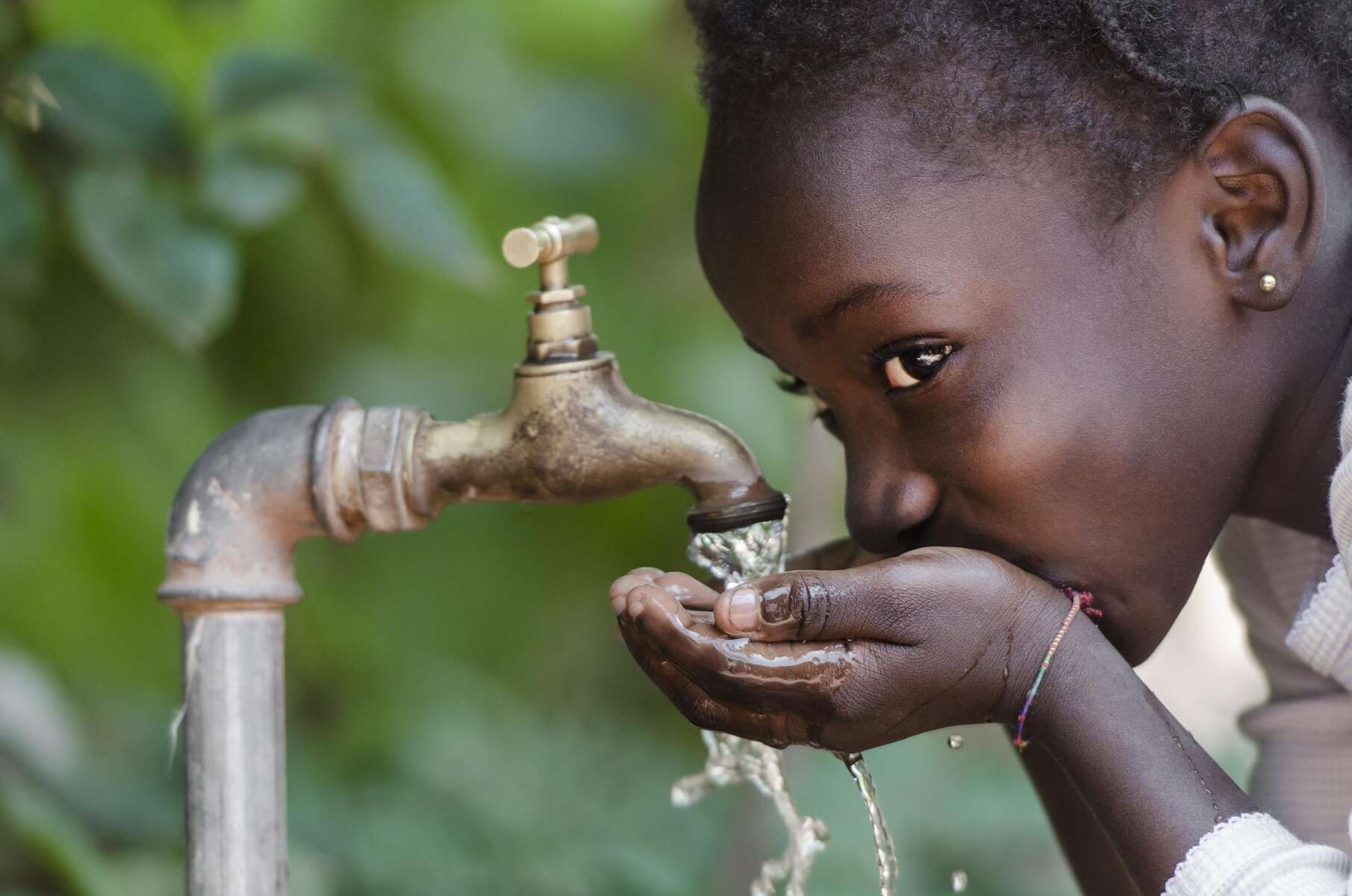
How can we use groundwater more sustainably?
We need to rethink the use of our most important resource
Our way of life is largely based on a resource whose presence we have always taken for granted: groundwater. If we syphon it off faster than it can renew itself, this will have serious consequences for our society as a whole. We have to learn to use it more efficiently and develop alternative sources of water – and that's where solutions from KSB come in.
What are the consequences of falling groundwater levels?
Groundwater is found in aquifers, which are layers of sediment or porous rock that are saturated with water. Most aquifers can be refilled by rainwater percolating down from above. But if we take out more water than flows in, this can have numerous consequences.
Soils become drier. Native trees no longer reach the water with their roots and wither away. Invasive plants that are better adapted to drought start to spread. Springs dry up – and with them, ecosystems such as streams, lakes and wetlands disappear. The level of rivers and lakes falls. The ground can subside, causing damage to buildings. In the remaining groundwater, the concentration of pollutants such as nitrates increases.
To prevent this, we need to withdraw water more slowly than the aquifers can replenish themselves. This calls for data as well as political regulations. One prerequisite is that we no longer think of groundwater as the property of the owner of the land on which it is extracted, but as a shared commodity that must be protected collectively – like the air we breathe or the water of the oceans.
One challenging factor here is that aquifers cross national boundaries. International agreements on the use of water resources are therefore an important component of the United Nations Sustainable Development Goal 6.
However, both collecting data and controlling groundwater extraction are often difficult political processes. According to the United Nations, there are only 22 countries in the world that have entered into cross-border agreements with their neighbours to use all of their shared aquifers, lakes and rivers. And 129 countries are not yet on track to have sustainably managed water resources by 2030.
What is the state of our own aquifers?
How long will the water beneath our feet last? There are no easy answers to this question. With aquifers, we cannot simply measure the water level as we can with a river or lake. To understand how much water is underground, we need to drill numerous boreholes and measure where the groundwater begins and how deep it goes. Furthermore, groundwater does not have a uniform water level like a lake. It is very heterogeneous and can be distributed over a wide variety of layers. The situation at the location of a borehole can look quite different from that a few hundred metres further on. So to understand an aquifer, we need large numbers of boreholes spread over large areas. This is complicated by the fact that aquifers often extend across national boundaries.
Groundwater storage trends for the 37 largest aquifers on earth
A look at the changes in all aquifers worldwide was only made possible for the first time by NASA's Gravity Recovery and Climate Experiment (GRACE). Between 2003 and 2013, two satellites measured changes in the Earth's gravitational field. This allowed them to draw conclusions about changes in the amount of water stored in a region. The results were sobering: 21 of the 37 largest aquifers on earth are shrinking from year to year. Of these, 13 could replenish themselves only slightly, if at all.
Smart irrigation saves groundwater
To get an idea of how more food can be produced with less water, it's worth taking a look at Israel. Although the country has a very dry climate and more than half of its land is desert, it not only produces 95 percent of its own food, but is also a major exporter of agricultural products such as avocados and dates.
This success is based in part on drip irrigation, in which Israeli companies are world leaders. Instead of spraying fields with water and fertilizer, small amounts of both are passed through a system of hoses and dripped directly onto the roots of the plants. The advantage is that less water is lost through evaporation and seepage and fertilizer reaches the roots of the plants directly. Not only is less water needed for irrigation, but there is also less groundwater pollution caused by seeping fertilizer.




